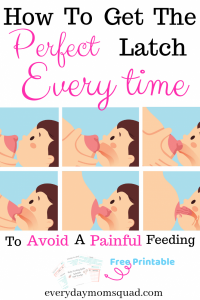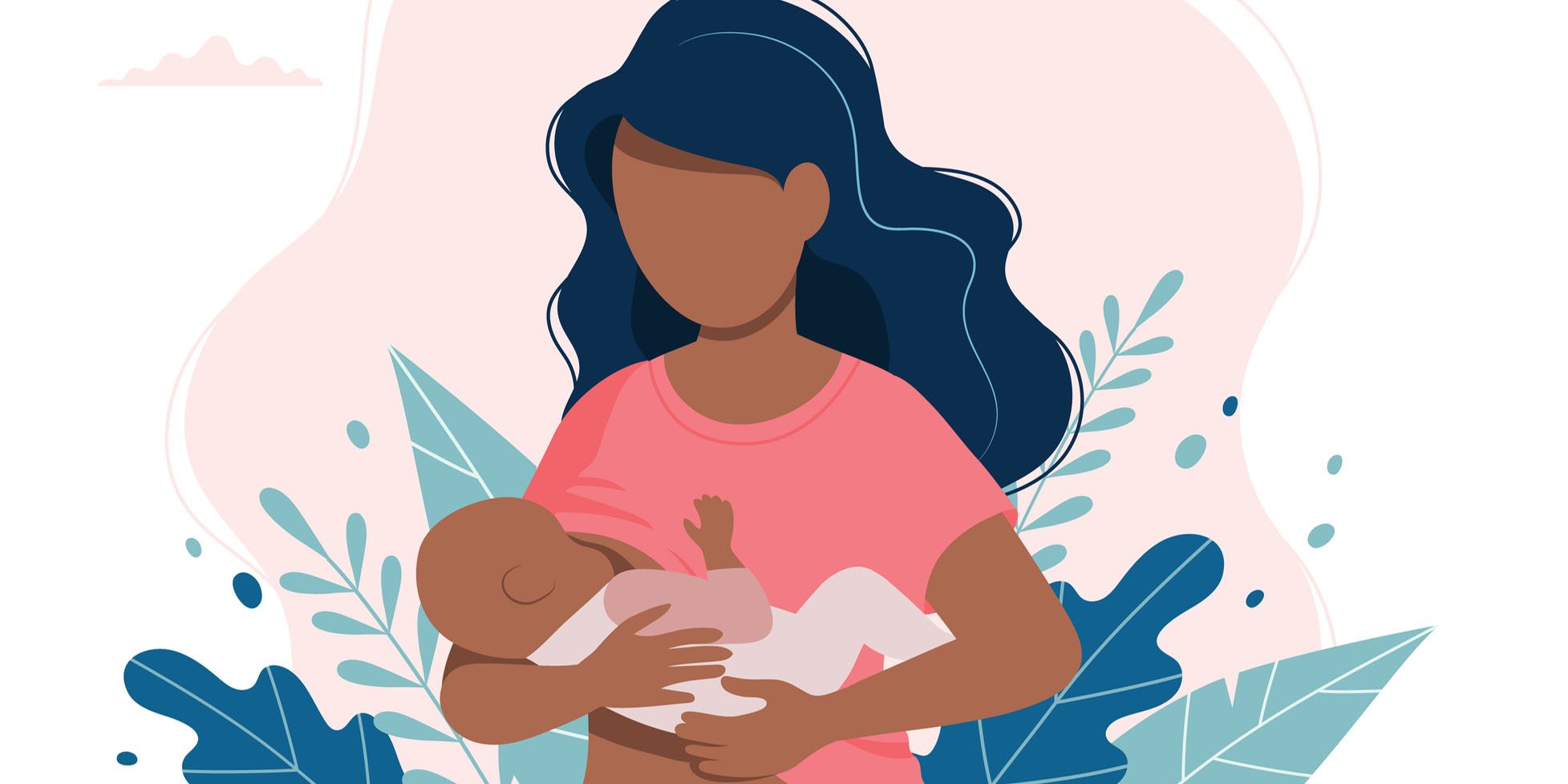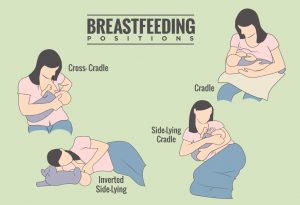Breastfeeding is a vital component of raising a healthy and happy newborn. The process allows you to bond with your baby and provides him or her with nutrition unavailable from the formula. That being said, nursing newborns isn’t always intuitive and may require some level of guidance to perform properly to ensure your little one gets enough to eat, you don’t hurt yourself, and you make the experience as pleasant for the both of you as possible. Here are a few guidelines to follow that should help you learn how to breastfeed. While you might find variations of these instructions more advantageous to you, it’s best to stick with the tried and true methods at first to ensure you’re doing it right. After that, feel free to experience with different positions and techniques to find the best ones for you and baby.
Selecting a Position:
One of the first things you need to do when learning how to breastfeed is to pick a comfortable position to nurse in. It should be comfortable for you, allow the baby to get a proper latch, and ensure he’s getting enough to eat. Really, anything that works qualifies as a legitimate position, but if you want some guidance, you might want to try:
- Football Hold: This position allows you to hold the baby like a football so you can properly guide the breast into her mouth or keep her off of your belly if you had a caesarean. You might need to employ the use of a nursing pillow to make sure the baby is completely supported. Bend baby’s knees slightly for a better fit along your arm.
- Cradle Hold: This is probably the most popular nursing position, because it can be relaxing and offers a significant way to hold baby very close and promote skin to skin contact. Simply cradle baby in your arms and offer him your breast.
- Lying on Your Side: Whether you’re exhausted and need to lie down or you don’t want the baby to press on your abdomen, the side-lying nursing position is an excellent way to ensure baby is fed without putting strain on your cesarean scar. Just lie on your side and place baby on front of your breast, facing you. You’ll have a hand free to offer your breast as well. more positions?
Experiment with the different nursing positions to find the best one or ones suited to you and your baby. Of course, different positions might work at different times. Don’t be afraid to change it up. For instance, the cradle hold is effective for newborns that need a lot of support, but it might not be so good for larger babies.Don’t be afraid to use a nursing pillow on which to rest your baby while nursing. Otherwise, holding your baby through every nursing session is bound to strain your arms, neck and back. You can also use the pillow to rest your arms on, so you can relax more during the feeding process.
The Latch
 One thing you absolutely must master in breastfeeding your child is the latch. Your baby needs to learn how to latch properly or you could cause yourself some serious pain and it could prevent your little one from getting a full meal. To start, your newborn should be facing you with his chin in line with your breast. Lift your breast with one hand and offer it to him. A good latch means baby will open his mouth wide and take in a large portion of the areola into the mouth. Pull the baby close to you and he will begin to nurse.
One thing you absolutely must master in breastfeeding your child is the latch. Your baby needs to learn how to latch properly or you could cause yourself some serious pain and it could prevent your little one from getting a full meal. To start, your newborn should be facing you with his chin in line with your breast. Lift your breast with one hand and offer it to him. A good latch means baby will open his mouth wide and take in a large portion of the areola into the mouth. Pull the baby close to you and he will begin to nurse.
If he only gets a small part of the areola, it could cause you significant pain. Don’t allow this to continue. Remove your baby from your breast and offer it to him again. Truly, this will likely be the most difficult part to master in the first few hours or days after giving birth. But once he catches on, the latch should become second nature to him.
Nursing
While nursing, you’ll want to watch for a few certain key characteristics that indicate the baby is feeding successfully. First, her lips should be puckered out slightly, meaning the insides of them are laying flat against the breast. Her tongue should be pressed against your breast. Look at your baby’s face. Her ears will likely wiggle. You should be able to hear her swallowing. If she stops nursing, give her a bit of a break. Just slip your finger into the side of her mouth to pull her from your breast. The last thing you want to do is yank her from the breast because this will cause you a ton of pain.
If the baby still seems hungry, offer her your breast again, or switch to your other breast performing the same positioning and latching techniques described above. Once she’s done feeding, gently remove her from the breast again and follow the feeding up with some burping. You don’t want that meal to end up on the back of your shirt!
Many people think breastfeeding is just something you pick up. And sure, that’s true to some extent, but it’s also something that’s learned. And I’m not just talking about you. Your baby needs to learn how to nurse properly, too. It’s brand new territory for the both of you, so it’s going to take some patience and dedication to get it right. For some, the process might be easy. For others, it might involve a lot of trial and error and frustration. But if you stick it out, you’ll end up nursing your newborn, which helps him become healthier than babies that don’t receive breast milk. In fact, breastfeeding can increase immunity, prevent disease, and even improve the health of the mother. With all of these perks on your side, there’s really no reason not to at least attempt to breastfeed. And with these guidelines, you should be well equipped to make the first steps toward exclusively breastfeeding your baby. Get Baby Care at home.




I like this blog it’s a master piece! Glad I detected
this ohttps://69v.topn google.Blog money